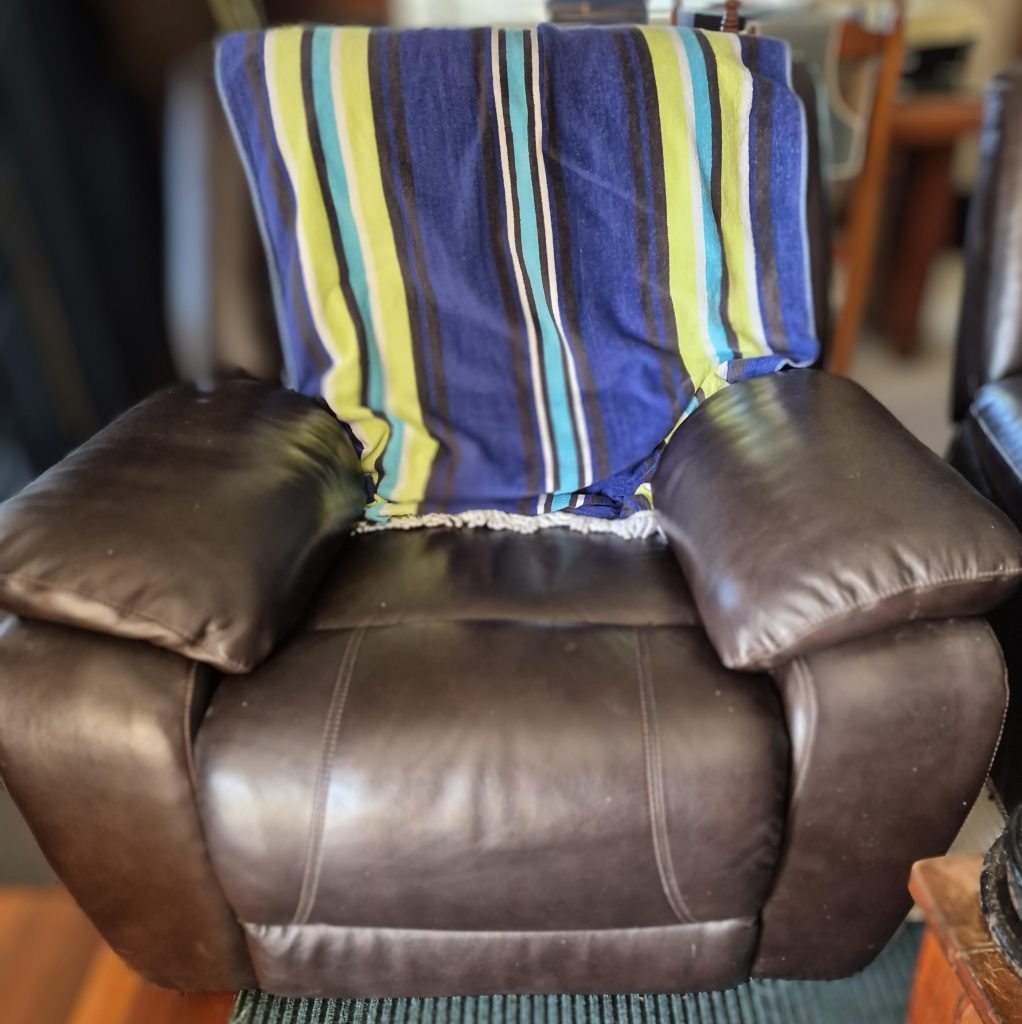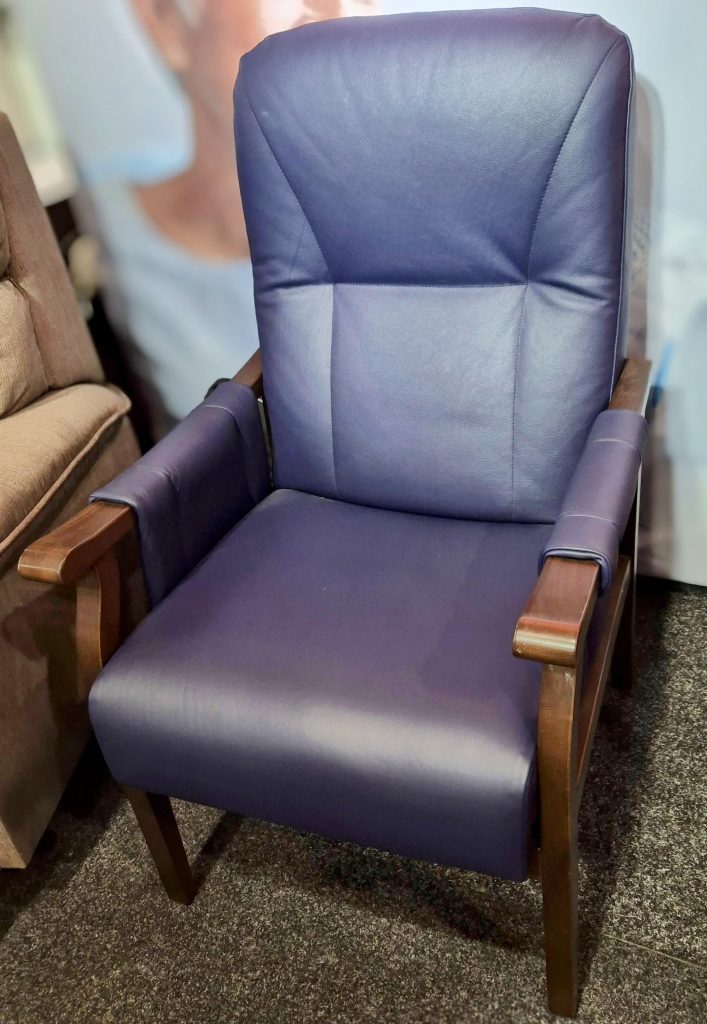Many times I see a client sitting in a chair that is a really bad fit. Not only that, it is often not assisting them in the primary functions it is being used for.
A chair is for sitting in – Does it fit your body? Is it supportive of your sore back, long legs? Does it provide support across the width of your hips or does it sag?
A chair is for standing from – Does it have arms above the seat that help you push up from sitting? Is it a good height off the floor, or is it too low? Is it stable to push up from or does it rock and move as you transfer your weight?
A chair needs to be comfortable – What is it made from? Will it last for as long as you need it to? How long will you be sitting in it?
A good chair provides relief from aches with good posture, it brings rest and comfort. It needs to allow you to sit for long periods of time and then help you get up when you’re done with it.

Non supportive

Supportive









